Hildene Field Trip
We visited Hildene yesterday, summer home of Robert Todd Lincoln and his wife Mary. I wanted to pull together some photos, related doodles, and a handful of tangents. Since today coincidentally marks 120 years since their family moved into Hildene, I have a natural artificial deadline for this post which prevented it from getting too out-of-hand.
Robert Todd Lincoln:
was the only child of Abraham Lincoln and Mary Todd Lincoln to survive into adulthood
didn’t have the long, lanky build of his father, who said “Bob is short and low’ and, I expect, always will be.”
was saved by Edwin Booth, John Wilkes Booth’s brother (seriously!)
was there when Robert E. Lee surrendered
and also when three of the four presidents who were assassinated were assassinated
was president of Pullman Car Company after George Pullman died (and an attorney for the company before he died)
served as Secretary of War under both Presidents James Garfield and Chester Arthur
appointed by President Benjamin Harrison as minister to Great Britain
As always, this is a random collection of thoughts and doodles in no particular order that barely scratches the surface. Some are things I learned at Hildene, others just tied in (however tangentially).
Log cabin outline
The brick outline in front of Hildene shows the footprint of the house where Abraham Lincoln was born, providing an incredible visual “from log cabin to Hildene in the next generation.”
“A certain fatality”
Robert Todd Lincoln was kinda sorta there-ish when three out of four of the presidents who were assassinated where assassinated. Not like there there. But still, he:
arrived shortly after his father was shot
He turned down an invitation to join them at the play because he wanted to go to bed early.was only 40 feet away when President Garfield was shot
“I think I reached him in 15 seconds,” Lincoln estimated. Unfortunately, he summoned Dr. Doctor Bliss.just got to Buffalo when President McKinley was shot
You know the story about Abe’s whiskers, right?
Young Grace Bedell wrote to Abraham Lincoln, recommending that he grow his whiskers so he’d look “a great deal better” given his thin face.
Lincoln listened and was elected. (Yay!)
George Dondero (boo!), U.S. House of Representatives, somehow gets his hands on the letter. Robert Todd Lincoln’s widow, Mary Harlan Lincoln, asks Dondero to return the letter to Grace.
George Dondero found Grace and she let him keep the letter for posterity.
OR
Dondero found Grace… stayed in town a few days. Grace’s husband didn’t like him. (And who can blame him?) Then Dondero left with the letter when Grace wasn’t home.
And then…Dondero gave a speech about it to get it codified for the record. The speech definitely didn’t include the words “Grace gave me the letter. So generous! And you know I’m not lying because this is now in the official record!” … but he may as well have.
Grace “cried for days” after Dondero stole the letter, according to Duane Billings (Grace raised his dad), who also said “He gave that little speech in Congress to cover his ass.”
Don’t let that chin puff and affable smile fool you
George Pullman was … not great.
As Jennie Curtis (President, American Railway Union Local 26) is quoted in the exhibit: “Pullman, both the man and the town, an ulcer on the body politic.”
Pullman’s beautifully-designed model company town left the “dependent servile people” living in a “benevolent well-wishing feudalism”. Pullman owned everything: stores, homes, transportation, etc., and obviously controlled the costs. He even cut pay and reduce hours … while keeping rent and prices the same. Leases could be cancelled for any reason with less than two week’s notice. To top it off, the town was full of spies who reported back to him.
When workers went on strike, Pinkerton’s was called in to suppress it.
(It’s worth nothing that Robert Todd Lincoln was not George Pullman. It’s also worth noting that he did little to undo George’s terrible policies.)
“We are born in a Pullman house, fed from Pullman shops, taught in the Pullman school, catechized in the Pullman church, and when we die, we shall go to the Pullman Hell.”
Pullman employees
A Man of Iron: The Turbulent Life and Improbable Presidency of Grover Cleveland, by Troy Senik
President Grover Cleveland grumbled, “If it takes the entire Army and Navy of the United States to deliver a [postcard] in Chicago, that card will be delivered.”
Eugene Debs, leader of the American Railway Union, and his lieutenants were arrested for obstructing mail.
Mark Hanna said “Go live in Pullman and find out how much [he] gets sellin’ city water and gas ten percent higher to those poor folks.”
“Their octopus grip is extending over every branch of industry; a plutocracy which controls the price of the bread we eat, the price of the sugar that sweetens our cup, the price of oil that lights our way, the price of the very coffins in which we are finally buried,” declared The North American Review. (I can’t recall if this was specific to Pullman or not, but I’m including it nevertheless).
Grover Cleveland: A Study of Character, by Alyn Brodsky
Before his super-secret surgery aboard a yacht, Cleveland was very careful and deliberate.
Post-surgery, he was tired, achy, his already-short-fuse was shorter, and he was more rash when making decisions. It’s possible that his response to the Pullman strike was influenced by this shift.
Brotherhood of Sleeping Car Porters
A Philip Randolph was president of the Pullman union. He and the union were very heavily involved in Civil Rights. I wish I’d taken notes during the tour. (We’ll definitely need to go back again!)
Black Americans, Civil Rights, and the Roosevelts, 1932-1962, by Franklin D. Roosevelt Presidential Library and Museum
The Pullman Sunbeam is on site
And it’s so cool. Not at all what I pictured, in all my time reading about Pullman cars. The exhibit about the Pullman porters is fascinating.
One of Jessie’s daughters married a Randolph
Robert and Mary had three children:
Mary (Mamie)
Abraham (Jack) Lincoln II
Jessie
The third of Jessie’s three husbands was a Randolph, I believe of the famous Randolphs of Virginia, though I’m not 100% certain about that. Here’s one of those famous Virginia Randolphs — John Randolph. More specifically, John Randolph of Roanoke, exchanging some light post-trying-to-kill-each-other banter with Henry Clay:
Heirs of the Founders: Henry Clay, John Calhoun and Daniel Webster, the Second Generation of American Giants, by H. W. Brands
“You owe me a coat, Mr. Clay” jokes John Randolph. “I’m glad the debt is no greater,” answers Henry Clay after both of them walked away unscathed post-duel.
Robert Todd Lincoln golfed a lot
Most often with William Howard Taft. It was assumed until recently that Lincoln was a strong golfer based on how often he played.
He was not.
Taft also golfed a lot frustrating President Theodore Roosevelt, who said “Whether you have the chance or not, I hope you won’t. I have received literally hundreds of letters…protesting about it.” Roosevelt also tried to talk him out of horseback riding, with a lot of fat-shaming. Roosevelt’s efforts were in vain on both fronts.
William Howard Taft: An Intimate History, by Judith Icke Anderson
(Note the quote in the upper right: “The Democrats will now resume their accustomed occupation of electing a Republican president.” Yikes.
Did Robert Todd Lincoln use golf tees?
I didn’t think to ask.
But the timeline may add up. Golfers used to make tees out of sand, is a thing I learned recently from my husband. Dr. George F. Grant (a Black dentist and golfer in Boston) invented the golf tee in 1899. It didn’t become commonplace until the 1920s.
Robert Todd Lincoln is mentioned in these posts, too:























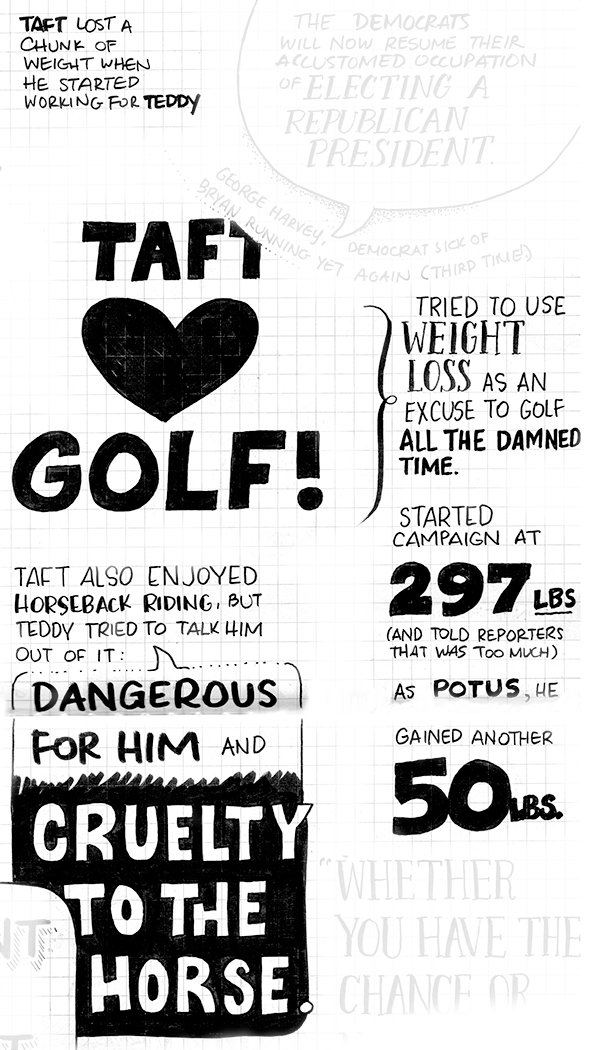

































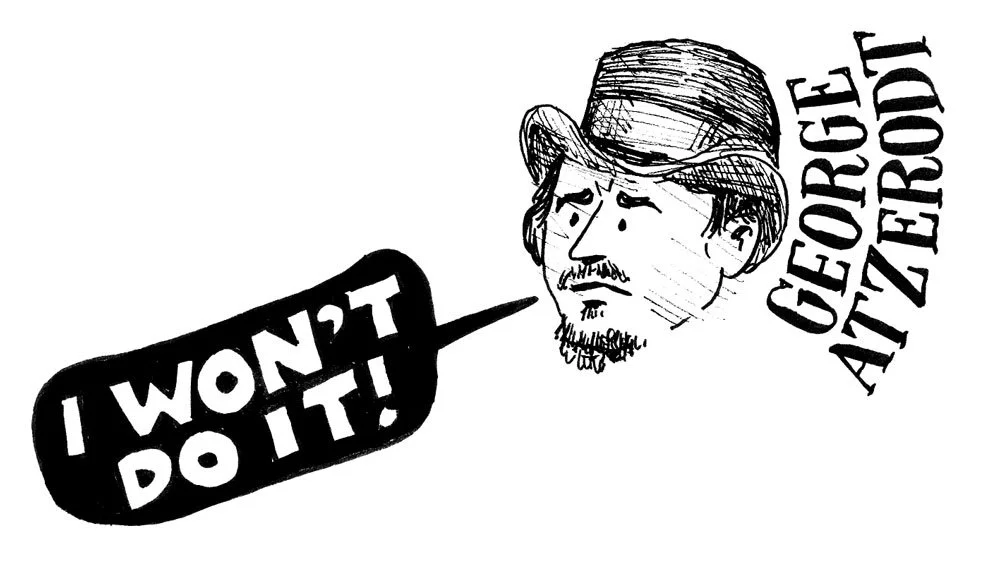



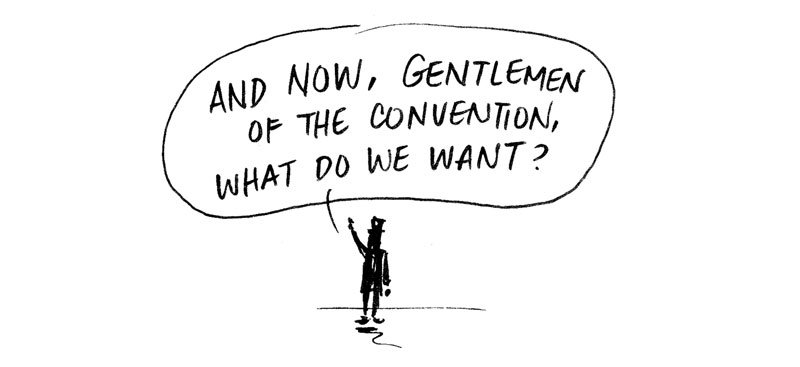
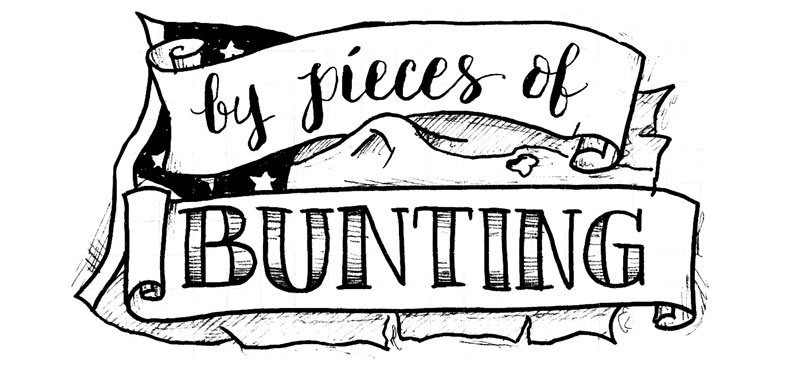

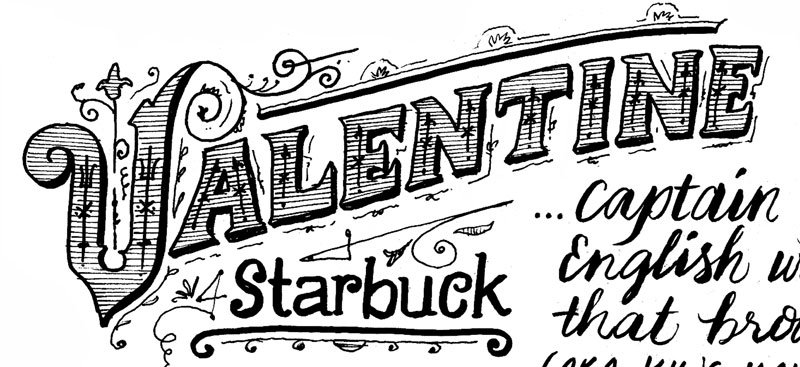

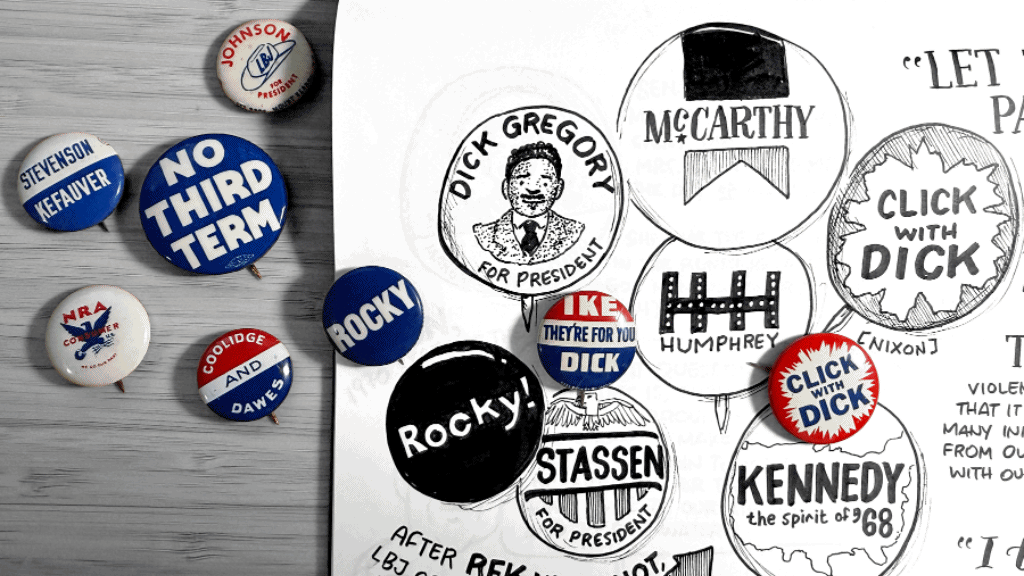

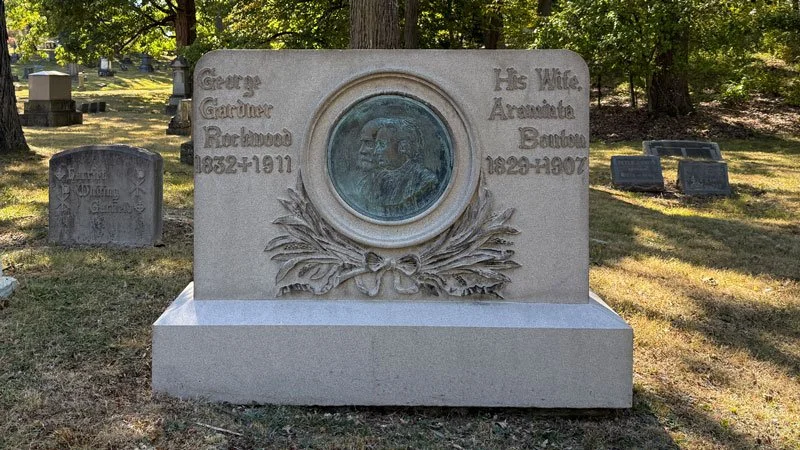




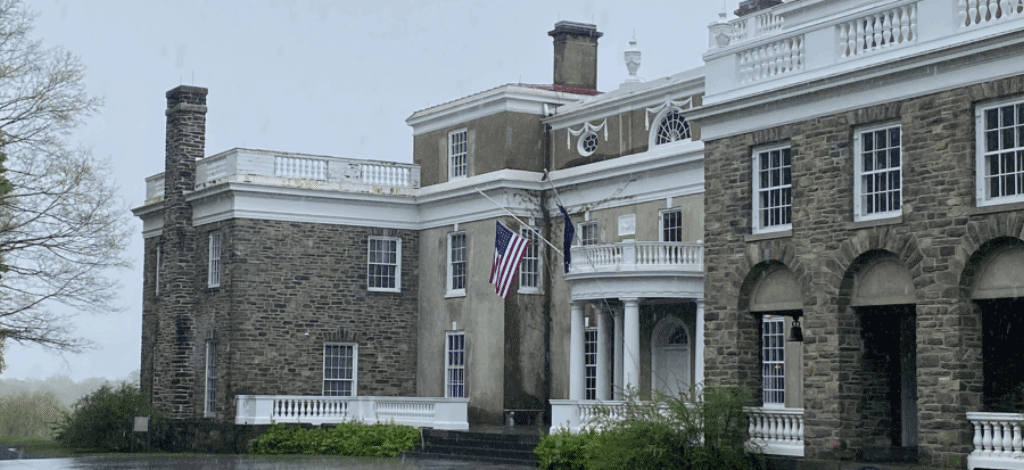


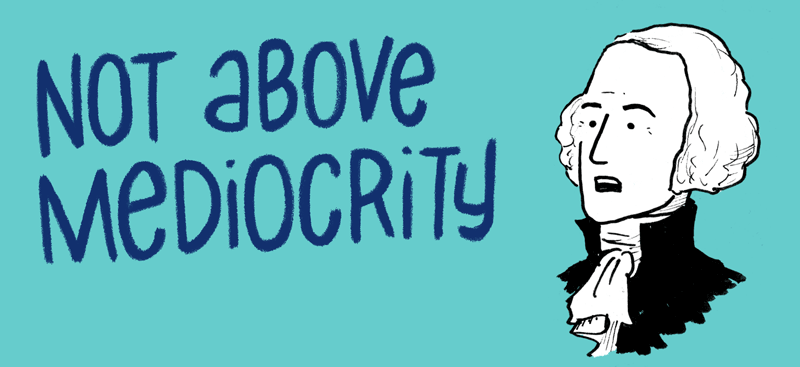
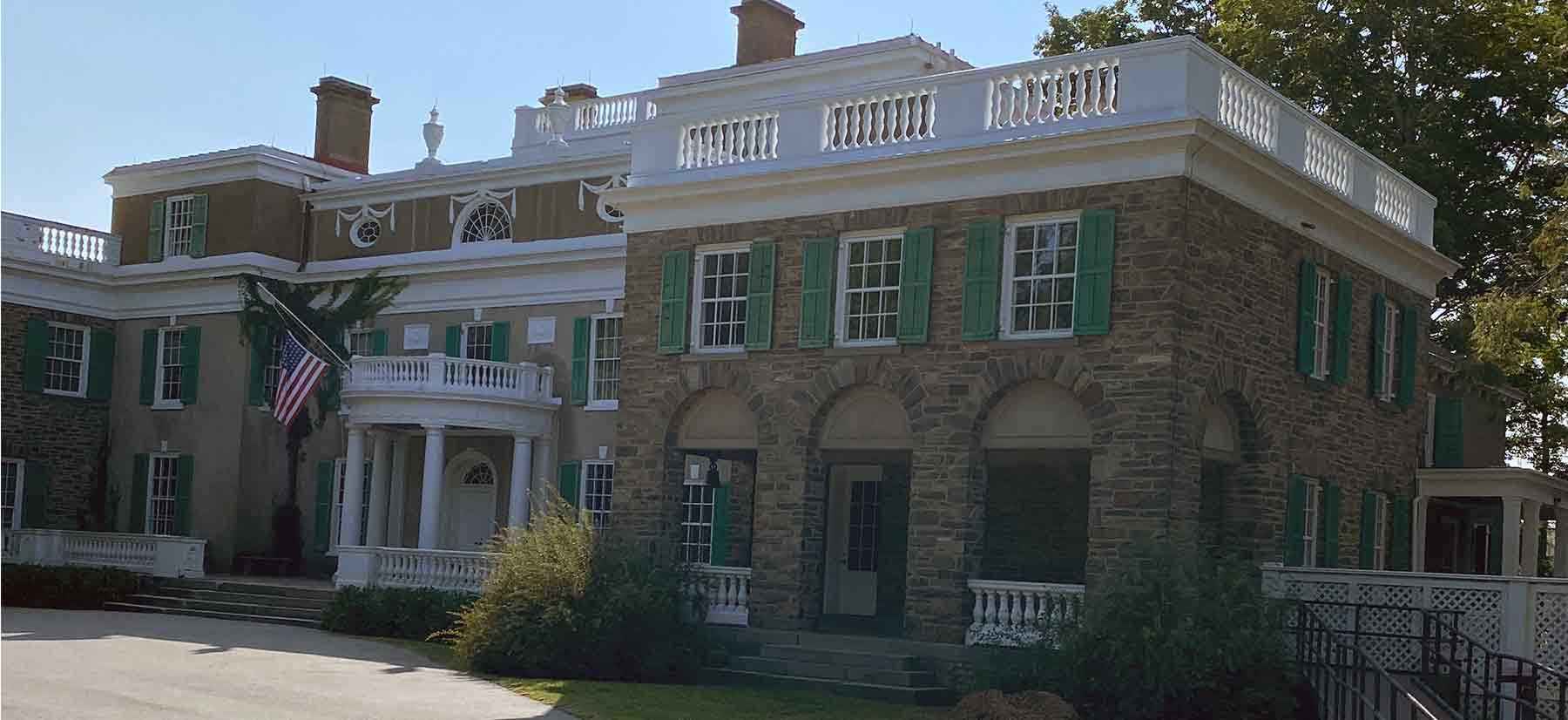
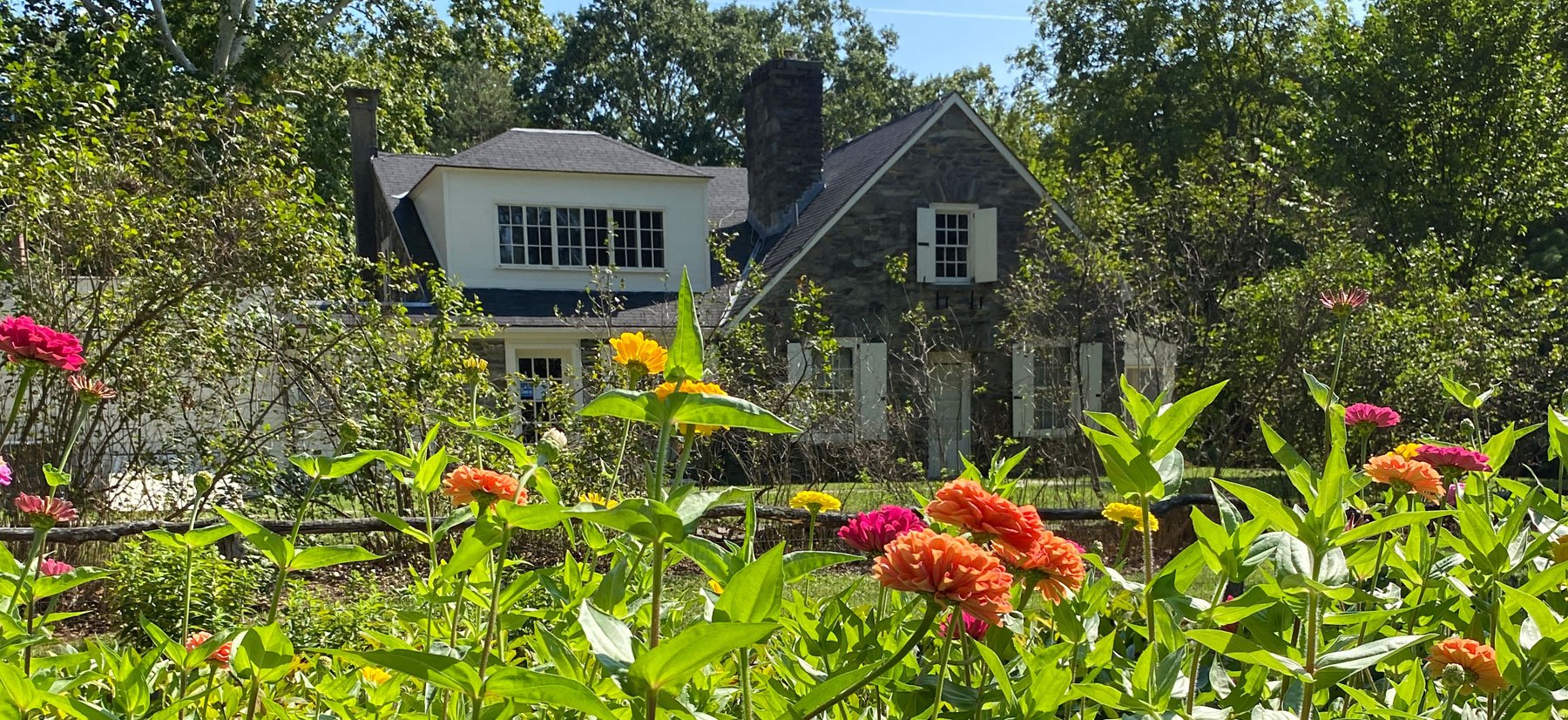
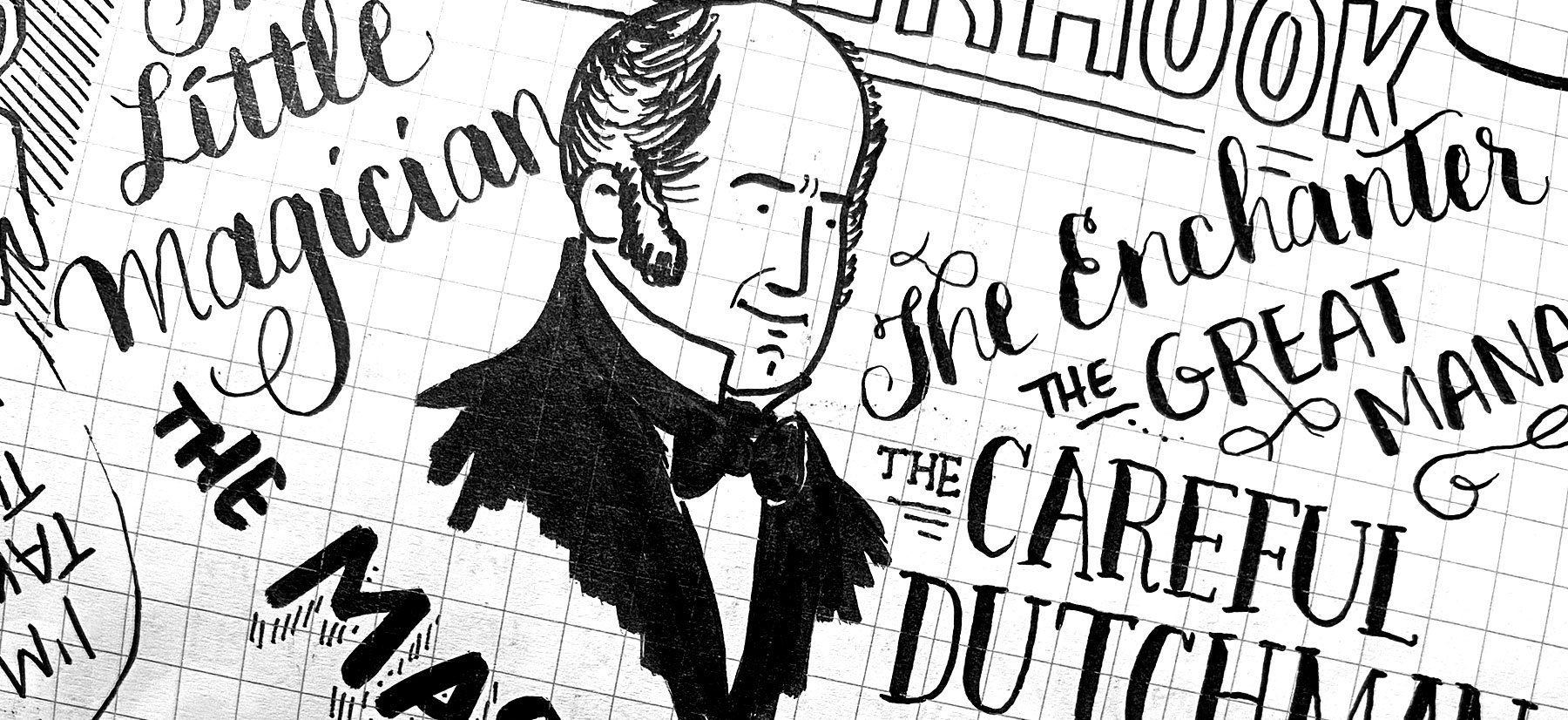
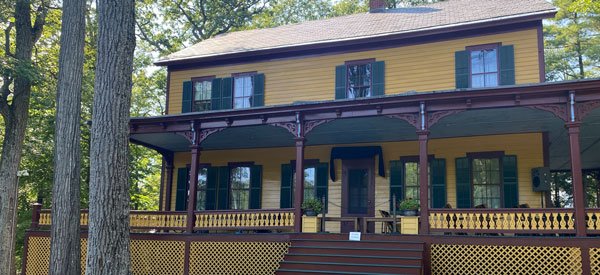

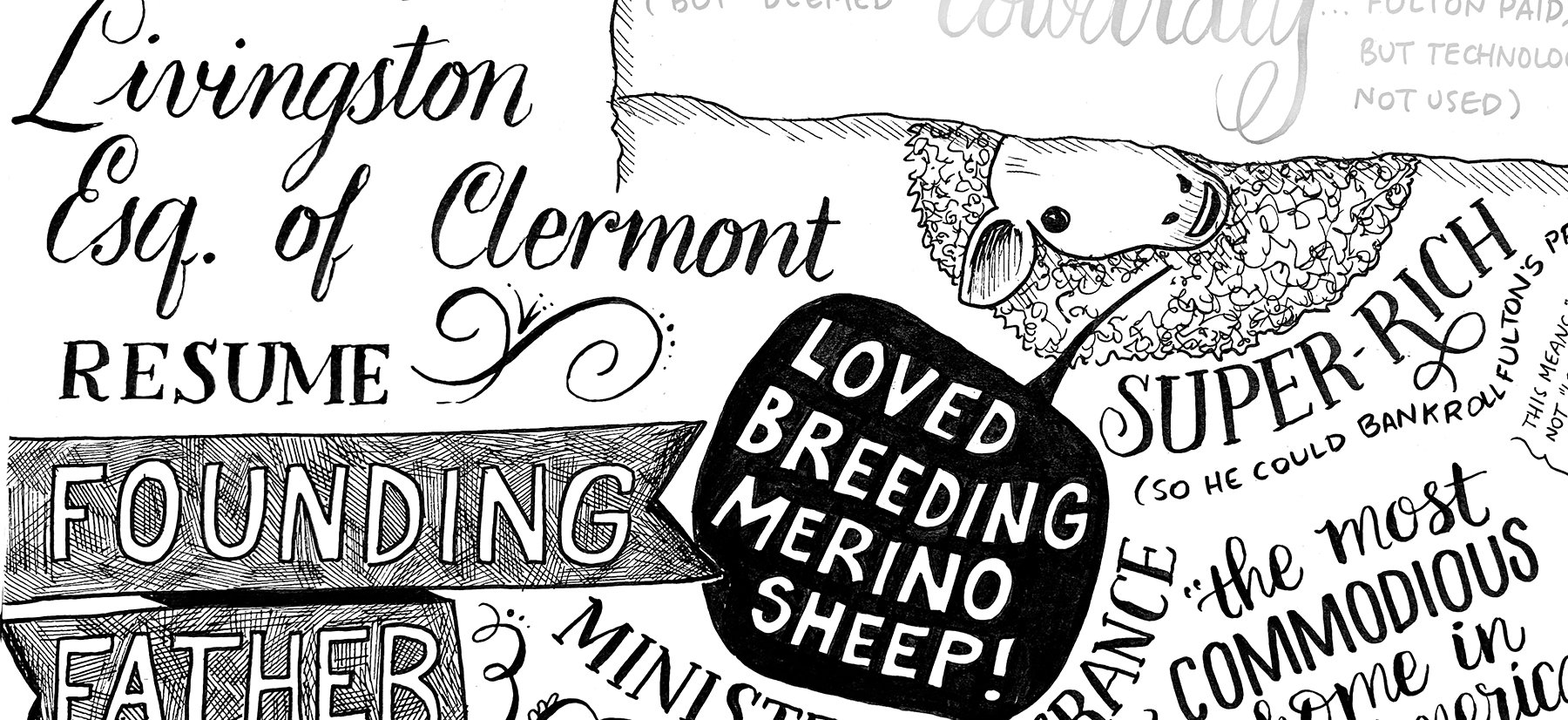
Loads of them